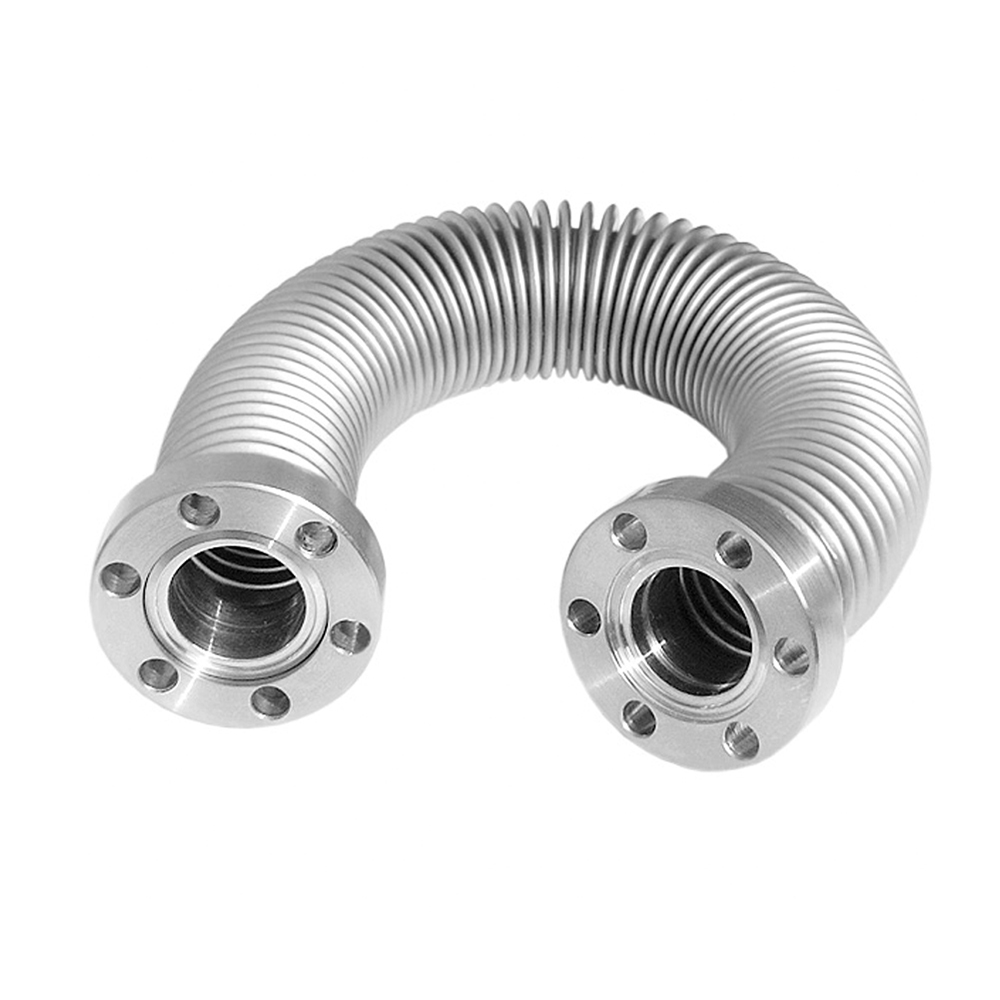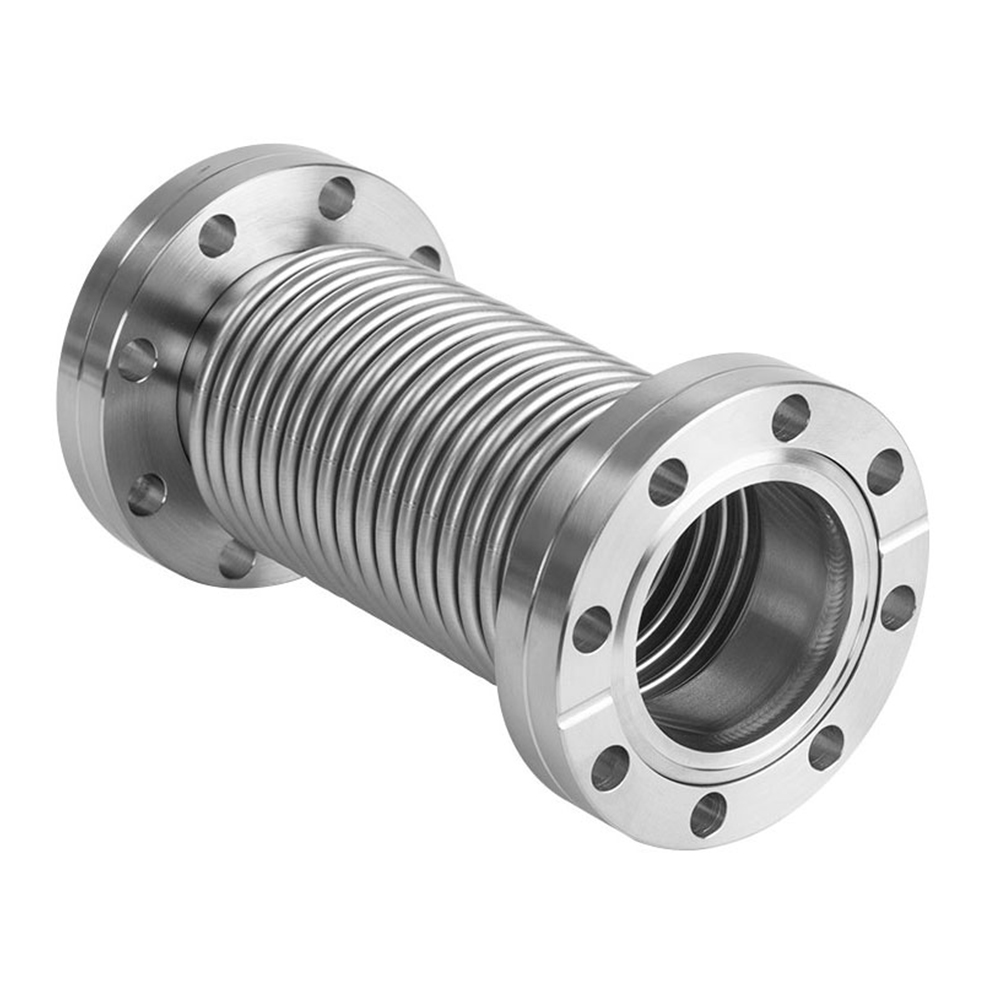
End Structure Of Metal Bellows
The function of the metal bellows depends on its structure. Different structures have different functions, and different structures are reflected in the wave pattern. The wave pattern refers to the corrugated pattern and shape after being cut along the axial direction. The wave shape of the bellows basically has U-shaped C-shaped, Ω-shaped and S-shaped. In order to improve the pressure-bearing ability and reduce the rigidity, a multi-layer bellows and a bellows with a reinforcing ring are introduced.
In general, the circular cross-section is superior to the ability to accept high pressure, but the allowable displacement is small. The U-shaped cross-section allows a larger displacement and the pressure can be relatively low. In general, the wave patterns used throughout the country are U-shaped corrugations. Under the condition of accepting higher working pressure and larger displacement, multi-layer U-shaped corrugated structure is selected. C-shaped bellows have high stiffness, poor sensitivity, and large non-linear errors, and are generally used as sealed blocking elements or flexible couplings. Ω-type and S-type bellows are mainly used in applications where the operating pressure is high and the operating displacement is small. For example, it is used as a sealing and blocking element on high-pressure valves.
End structure of metal bellows
There are 5 fundamental structural types of the end structure of the two ends of the bellows:
(1) N is used for internal coordination
(2) Use W for external coordination
(3) The closed bottom is indicated by D
(4) There is no straight wall section to block at the peak with QD table
(5) No straight wall section is blocked at the trough by Qd
The end structure of the two ends of the bellows is randomly combined by the above five structures, and the same type of bellows can be combined into 14 structures.
Both ends of the bellows need to be welded with the connected parts. Brazing or silver welding is used for brass, tin bronze and beryllium bronze materials; argon arc welding, roll welding and electron beam welding methods can be selected for stainless steel and Inconel 718 and other materials. The end structure of the bellows affects the forming manufacturability of the bellows, during which the W-shaped structure has good manufacturability, and it is preferred to choose it. The N-type structure has poor manufacturability, and its diameter D1 and Ll length are selected according to relevant specifications and product samples. It cannot be selected at will. If D1 and L1 are selected too large, they often break here during the bellows forming process






